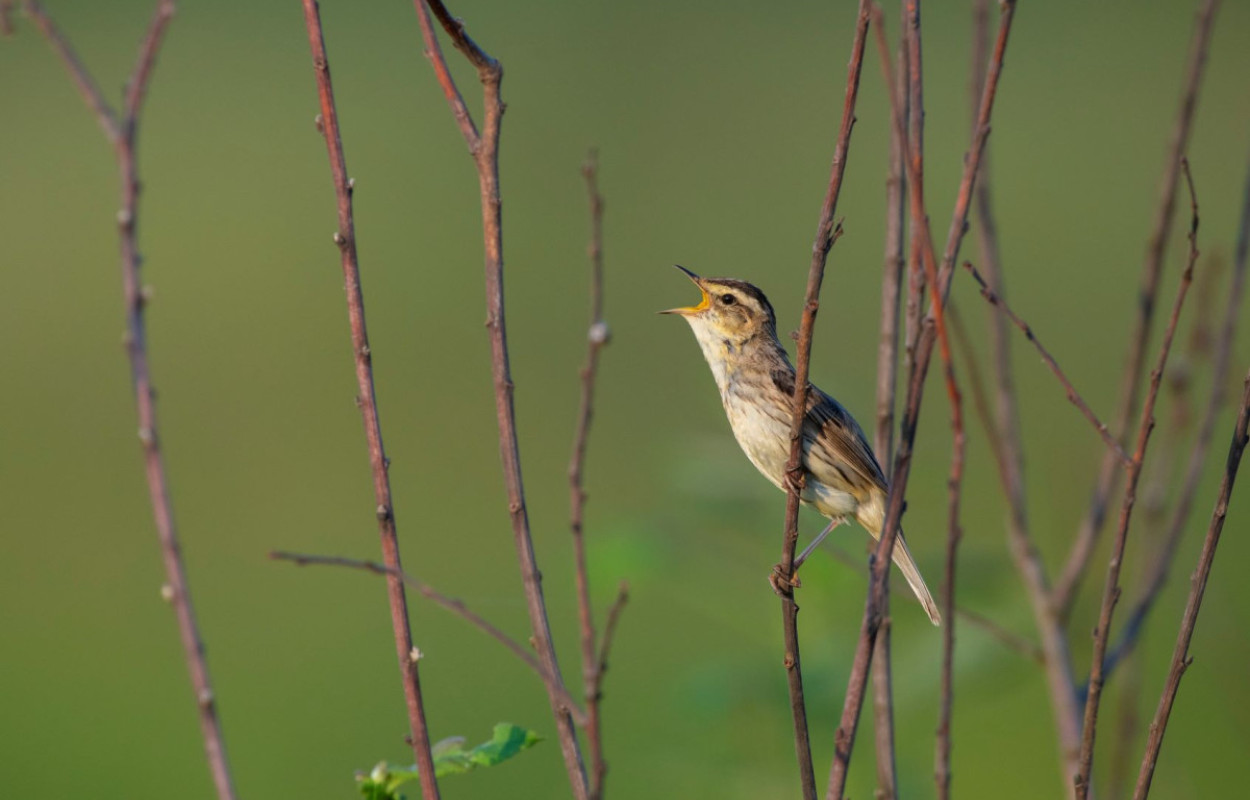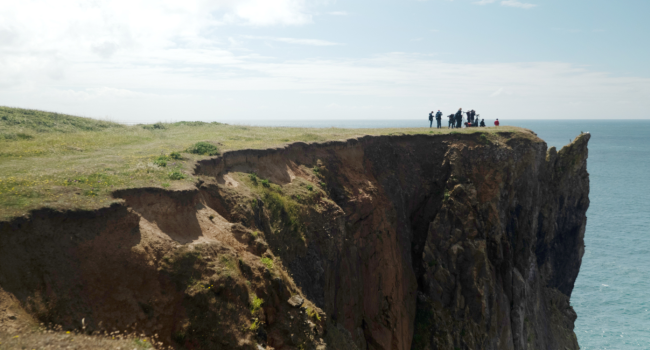Landscape fires disproportionally affect areas of conservation priority but only under low moisture conditions

Author(s): Kirkland, M., Atkinson, P.W., Pearce-Higgins, J.W., De Jong, M., Dowling, T.P.F., Grummoe, D., Critchley, M. & Ashton-Butt, A.
Published: May 2023
Journal: Science of The Total Environment Volume: 884
Article No.: 163849
Digital Identifier No. (DOI): 10.1016/j.scitotenv.2023.163849
This study identified five fires reaching more than 100 km2, a threshold often used to classify ‘megafires’. Frequent spring and summer fires predominantly started in agricultural areas, where farmers burn the land to clear it, both before planting and following the harvest. However, these fires often spread into neighbouring peatlands and floodplain meadows, endangering threatened wildlife, such as the Greater Spotted Eagle and Aquatic Warbler, and damaging a globally important carbon sink. The largest fires burned in native deciduous forests, threatening protected old-growth oak and beech forests, which are more vulnerable and less likely to recover than more fire-adapted trees. Overall, more than one fifth of protected land burned. This is compared with 8% of unprotected land. One fire reached 97 km2 and burned significant areas of the Chernobyl Exclusion Zone, where radioactive contamination from the Chernobyl 1986 disaster is highest, and where the impacts of large fires on human health may be particularly severe.
The results of the study suggest that landscape restoration in Polesia’s wetlands would help to limit the spread and intensity of unnaturally large, damaging fires, while reinstating natural, periodic low-intensity fires, providing ecosystem benefits and supporting long-term carbon storage. Throughout Europe, including in Polesia, years of drainage for agriculture and commercial forestry has created overgrown, drier landscapes that are more susceptible to fires. This study showed that open peatlands, meadows, and deciduous forests were far more likely to burn when moisture conditions in the soil and litter were low. In contrast, peatlands were very unlikely to burn under high moisture conditions. Preserving and restoring large, intact, well-hydrated peatlands would help to create natural barriers to large, severe fires, while reinstating periodic low-intensity fires. Doing so would provide ecosystem and conservation benefits, support long-term carbon storage and help tackle climate change, and protect human lives.
Abstract
Landscape fires are a natural component of the Earth System. However, they are of growing global concern due to climate change exacerbating their multiple impacts on biodiversity, ecosystems, carbon storage, human health, economies, and wider society. Temperate regions are predicted to be at greatest risk of increasing fire activity due to climate change, where fires can seriously impact important ecosystems for biodiversity and carbon storage, such as peatlands and forests. There is insufficient literature on the background prevalence, distribution, and drivers of fires in these regions, especially within Europe, to assess and mitigate their risks. Using a global database of fire patches based on the MODIS FireCCI51 product, we address this knowledge gap by quantifying the current prevalence and size of fires in Polesia, a 150,000 km2 area comprising a mosaic of peatland, forest, and agricultural habitats in northern Ukraine and southern Belarus. Between 2001 and 2019, fires burned 31,062 km2 of land, and were most frequent in spring and autumn. Although most fires started in agricultural land, fires disproportionately affected natural and semi-natural land cover types, particularly in protected areas. Over one fifth of protected land burned. Coniferous forests were the most common land cover type in protected areas, but fires mostly occurred in meadows, open peatlands (especially fen and transition mires), and native deciduous forests. These land cover types were highly susceptible to fires under low soil moisture conditions, but the risk of fire was low under average or higher soil moisture conditions. Restoring and maintaining natural hydrological regimes could be an effective nature-based solution to increase the resilience of fire-vulnerable ecosystems and support global biodiversity and carbon storage commitments under the United Nations Framework Conventions on Climate Change and Convention on Biological Diversity.










Share this page